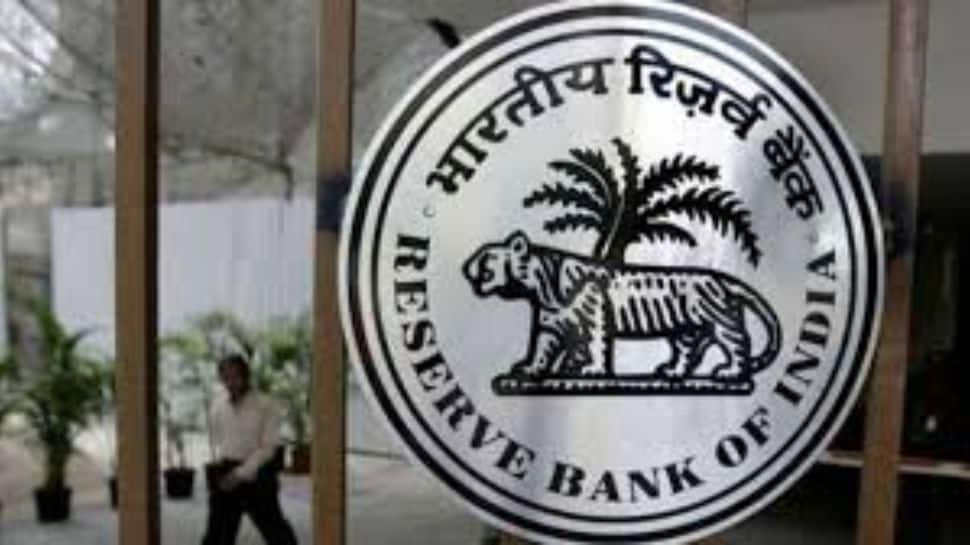 |
|
The Reserve Bank of India (RBI) has implemented a significant liquidity injection of ₹1.5 lakh crore into the banking system. This move, lauded by leading brokerages such as HSBC and Emkay Global Financial Services, is designed to alleviate the pressure building within India's money markets. The injection is multifaceted, comprising several key measures aimed at bolstering liquidity and influencing market expectations. The strategy includes three open market operation (OMO) purchase auctions of government bonds, totaling ₹60,000 crore, spread across January 30th, February 13th, and February 20th. Each auction will contribute ₹20,000 crore to the market, providing a steady stream of liquidity over several weeks. In addition, a six-month foreign exchange (FX) swap auction for $5 billion (approximately ₹43,000 crore) will be held on January 31st. This strategic move not only injects rupee liquidity but also sends a signal of the RBI's commitment to managing exchange rate fluctuations. Finally, a long-dated (56-day) variable rate repo auction of ₹50,000 crore is scheduled for February 7th, ensuring sufficient liquidity for banks to meet their obligations through the end of March.
The market's response to the RBI's actions has been largely positive. Brokerages anticipate that these measures, particularly the bond purchases, will exert downward pressure on rupee interest rates. This effect is predicted to work through two channels: a signaling effect, conveying the RBI's intention to avoid liquidity tightening, and an expectation channel, encouraging anticipation of further OMO purchases in the future. HSBC, for example, expects the OMO auctions to compress term premiums, maintaining their buy recommendation on 10-year government securities. The timing of the measures is also significant, coinciding with the upcoming Union Budget on February 1st and the RBI's monetary policy committee (MPC) meeting on February 7th. The confluence of these events has heightened expectations of a potential reduction in the repo policy rate. HSBC Economics, in fact, forecasts a 25 basis point cut in the policy rate during the February meeting.
Emkay Global Financial Services takes a broader perspective, linking the shift in the liquidity cycle to positive implications for domestic equities. The brokerage firm highlights the BFSI (Banking, Financial Services, and Insurance) sector as a particularly attractive investment opportunity in the short term. This positive outlook is bolstered by robust earnings forecasts extending through January 2025, and more reasonable valuations compared to previous periods. While acknowledging that the market may not have reached its absolute low, Emkay Global believes that the current environment presents a favorable opportunity for investors to gradually increase their stock holdings, focusing on reasonably valued companies. The brokerage also emphasizes the need for further easing of lending curbs imposed on banks and non-banking financial companies (NBFCs) since late 2023, particularly those related to unsecured loans. They argue that this easing would revitalize retail lending, stimulating a consumption rebound in the latter half of 2025. Given the limited scope for fiscal stimulus, such a move is viewed as a crucial countercyclical measure.
The RBI's liquidity injection is a significant response to the current market conditions. The combination of OMO purchases, FX swaps, and the variable rate repo auction aims to address the liquidity crunch and support the overall financial stability. The market is eagerly anticipating the upcoming Union Budget and the MPC meeting, which will likely provide further clarity on the RBI's monetary policy stance and its impact on interest rates. The success of these measures will depend not only on their immediate impact but also on the accompanying steps taken to address broader economic concerns, such as the easing of lending curbs to stimulate retail lending and consumption. The interplay between monetary policy actions, fiscal policy decisions, and the overall market sentiment will ultimately determine the lasting effects of the RBI's recent interventions.
Source: RBI's Liquidity Booster To Ease Stress In Money Markets: Top Brokerages
